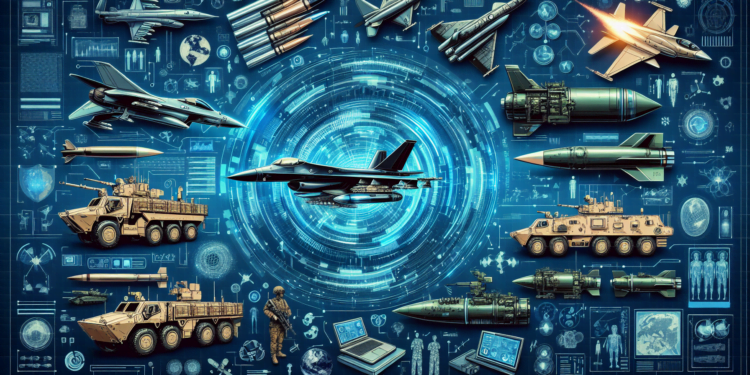Guided Missiles and AI
At the core of advancements in guided missile technology are telemetry and guidance systems enhanced with AI algorithms. These systems leverage deep learning and sensor fusion to improve precision. Unmanned Aerial Vehicles (UAVs), outfitted with intelligent missiles, are capable of executing strike operations with an unprecedented level of accuracy and minimized collateral damage.
Utilizing AI strategies such as Convolutional Neural Networks (CNNs), these missiles are adept at dynamically recognizing, categorizing, and pursuing targets mid-flight, even adapting to evasive maneuvers. For such systems, the incorporation of vast amounts of training data, including factors like wind speed, terrain, and the target’s agility, is critical for peak performance.
A prime example is the JASSM-ER (Joint Air-to-Surface Standoff Missile – Extended Range), which exemplifies autonomy in selecting its course and targets based on patterns discernible through machine learning algorithms. This missile processes data in real-time and modifies its path accordingly, demonstrating a significant and remarkable use of AI in military endeavors.
Bomb Disposal and AI
Bomb disposal, another vital area of military operations, has also embraced AI technology. Robots designed for bomb disposal, once strictly operated by humans, are achieving autonomy through AI. Armed with advanced sensors and manipulators, they are capable of detecting, approaching, and neutralizing explosive devices with a remarkably low margin of error.
Progress in computer vision has allowed these robots to more accurately interpret their environment. By employing semantic segmentation, AI systems can distinguish between pertinent objects and insignificant obstacles, ensuring efficient and secure navigation for disposal tasks.
A noteworthy achievement is the TALON platform, created to handle diverse assignments, including the neutralization of improvised explosive devices (IEDs). With a sophisticated system for visual pattern detection, TALON has demonstrated significant improvements in operational effectiveness and the safety of personnel.
Impact and Ethical Considerations
When incorporating AI into military apparatus, it’s imperative to recognize the dichotomy of these developments: while they advance the precision and lower the risk to personnel and bystanders, they also evoke ethical and legal dilemmas. Granting weaponry the power to make independent choices prompts serious questions concerning accountability in case of malfunction, breaches of international humanitarian standards, and the risk of autonomous conflict escalation.
Conclusion and Future
As AI evolution gains momentum, we anticipate a broader integration of sophisticated cognitive functions into military systems. The employment of Recurrent Neural Networks (RNNs), Natural Language Processing (NLP), and decision-support systems is set to play a leading role in the transformation of defense and offense strategies.
The military realm, a crucible for cutting-edge technology, represents the adoption of AI not merely as an instrument for operational improvement but also as a quintessential feature of modern and forthcoming tactics. By assimilating these innovations, AI stands to reshape global strategic dynamics in the years ahead, establishing a new warfare paradigm where AI and autonomy become pivotal elements in the projection of military might.






















